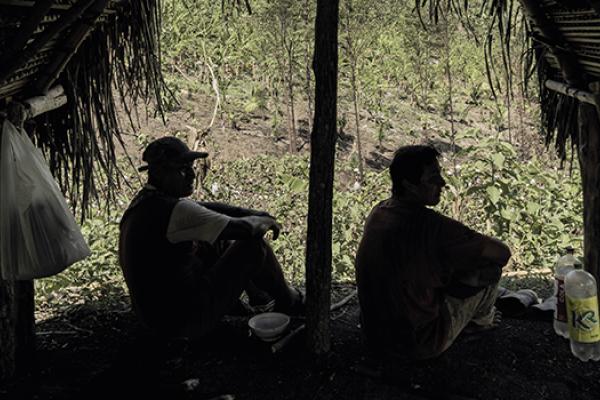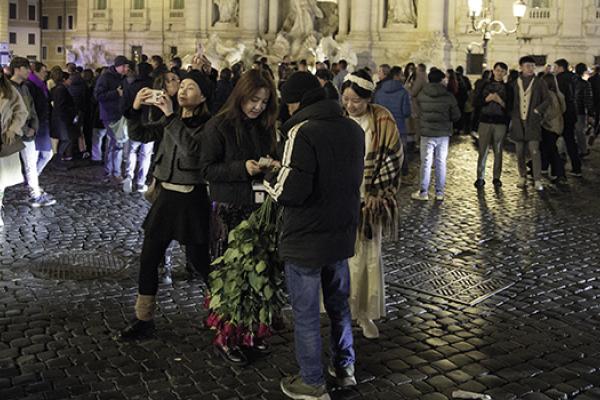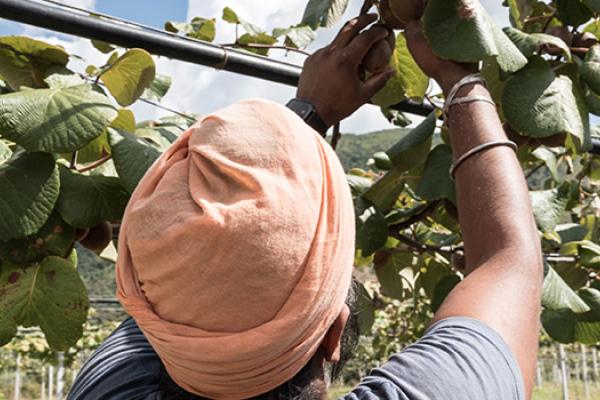The team of journalists traces the global journey of the rose from the neon-lit corridors of Royal FloraHolland in Aalsmeer in the Netherlands - the world's largest cut-flower market - to the greenhouses of Naivasha in Kenya, the fields of Tabacundo in Ecuador and the vast plantations of Bogotá's savannah in Colombia. They also stop in Catalonia, where the last local rose grower is struggling to survive; his modest harvest is being drowned out by the millions of imported stems that flood the market each Sant Jordi Day.
The report illustrates how the Netherlands, once a major producer of roses, has transformed into a global broker, while production has shifted to the Global South. There, cheap labour, weaker legal frameworks and precarious conditions sustain the European market. By contrast, small-scale producers in Spain are facing abandonment and competition that they cannot withstand.
The story highlights the tension between the fragile beauty of a rose and the harsh realities behind it, as told through market scenes and testimonies from workers, union leaders, entrepreneurs and local farmers. These realities include pesticide exposure, subsistence wages, the disappearance of agricultural land and deep environmental impacts.
Key findings
- The Netherlands dominates the global flower trade. Although Royal FloraHolland in Aalsmeer is the world’s largest cut-flower market, Dutch rose farming has declined significantly, with 80% fewer growers than 25 years ago. The country now mainly re-exports blooms grown abroad.
- Kenya has become a major producer. In 2024, Naivasha and Mombasa farms (4,500 ha) exported 102,000 tonnes of flowers (60% of which were roses). However, wages are extremely low at 7,200 KSh (€47) per month, and conditions are often unsafe, with activists labelling them 'modern slavery'.
- Ecuador’s Tabacundo region (altitude ~2,870 m) is the “world capital of the rose”. It yields millions of stems daily, making Ecuador the third exporter after the Netherlands and Colombia. Yet basic pay is $470 (below living costs) and pesticide exposure is linked to serious health problems.
- Colombia’s flower belt employs 40,000 workers (65% women) on 5,400 ha. Even as rural communities lose farmland and water, workers face long hours and injuries. A Valentine’s bouquet worth €11 locally can sell for €300 abroad, underscoring the unequal value distribution.
- Since the 1980s many European flower businesses have relocated production to the Global South, chasing cheaper labour and lax regulations. While this cuts costs for importers, it entrenches inequality: governments in Kenya, Colombia and Ecuador offer lenient labour/environment rules to attract investment.
On the right: Marcia Lema, 58, founder and president of ASOTFLORPI, turned her experience as a flower industry worker into a fight for labor rights in Tabacundo. At the age of 50, she graduated as a lawyer to defend her colleagues. Photo by Irina Dambrauskas







